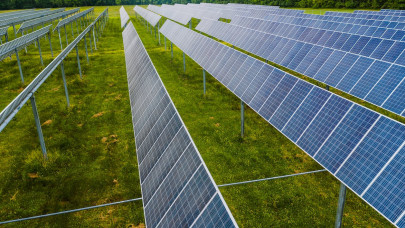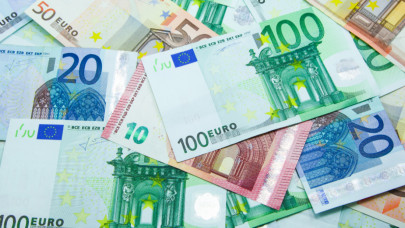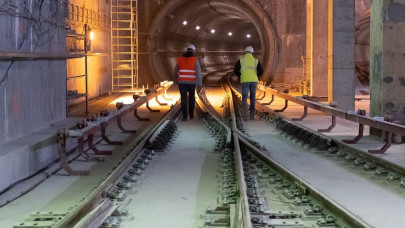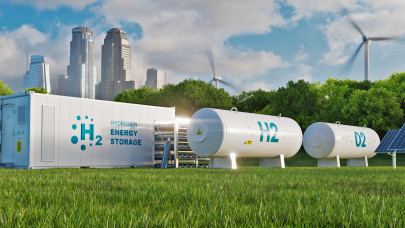The scheme, with an estimated budget of €259 million, will be partly funded through the the RRF following the Commission's positive assessment of the Romanian Recovery and Resilience Plan and its adoption by the Council. The measure aims to contribute to regional development by targeting sectors with growing demand, which will support the creation of new jobs that require a skilled workforce, as well as a more sustainable and competitive economy, and also foster Romania's and the EU's green transition.
Under the scheme, which will run until 31 December 2024, the aid will take the form of direct grants to companies active in the production, assembly and recycling of batteries, photovoltaic cells and panels, which are located in Romania's areas eligible for regional aid. These areas are determined in the Romanian regional aid map for the period from 1 January 2022 to 31 December 2027, which specifies also the maximum State aid that can be granted per beneficiary in each of these areas.
The Commission assessed the measure under Article 107(3)(a) and Article 107(3)(c) of the Treaty on the Functioning of the European Union, which allow Member States to promote the economic development of the most disadvantaged areas and to support the development of certain economic activities or areas under certain conditions, as well as under the Regional State Aid Guidelines 2022-2027.
The Commission found that the measure contributes to Romania's regional development and that it is necessary and appropriate for the development of areas included in the country's regional aid map. Moreover, the aid is proportionate as it is limited to the minimum necessary and will not exceed the maximum amounts of set out in Romanian's regional aid map. Finally, the negative effects of the measure in terms of distortion of competition and impact on trade between Member States are limited.
On this basis, the Commission approved the Romanian scheme under EU State aid rules.
All investments and reforms entailing State aid included in the national recovery plans presented in the context of the RRF must be notified to the Commission for prior approval, unless covered by one of the State aid block-exemption rules.
The Commission assesses measures entailing State aid contained in the national recovery plans presented in the context of the RRF as a matter of priority and has provided guidance and support to Member States in the preparatory phases of the national plans, to facilitate the rapid deployment of the RRF. At the same time, the Commission makes sure in its decision that the applicable State aid rules are complied with, in order to preserve the level playing field in the Single Market and ensure that the RRF funds are used in a way that minimises competition distortions and do not crowd out private investment.
EU State aid rules, in particular the Commission's Regional State Aid Guidelines (RAG), enable Member States to support the economic development and employment. The RAG set out the rules under which Member States can grant State aid to companies to support investments in new production facilities in the less advantaged regions of Europe, while ensuring a level playing field between Member States.
The non-confidential version of the decision will be made available under the case number SA.102924 in the State aid register on the Commission's competition website. New publications of State aid decisions on the internet and in the Official Journal are listed in the Competition Weekly e-News.
“This €259 million Romanian scheme, partially funded via the Recovery and Resilience Facility, will provide key support to the production of batteries, photovoltaic cells and panels. The measure approved today will promote the economic development of the most disadvantaged areas in Romania, in line with the Union's cohesion objectives, while contributing to the acceleration of the green transition”, said Margrethe Vestager, Executive Vice-President in charge of competition policy.













